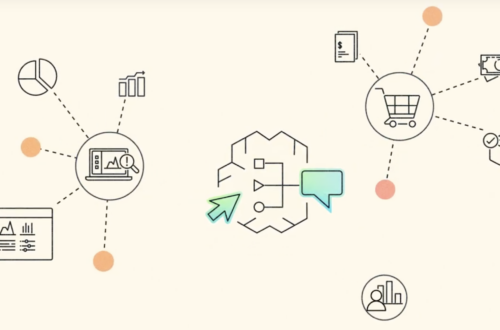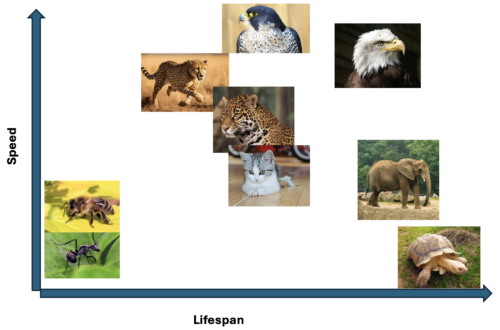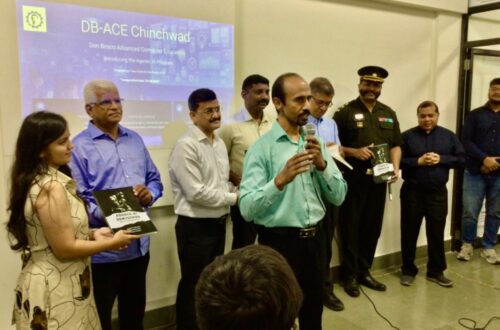Agentic AI is the buzzword of the season. My team and I’ve been solving customer problems using Agentic AI solutions for a while and here are some observations and predictions.
Terminology
To make it easier to converse related to Agentic AI solutions, we would need to speak the same language. Terms like ReAct, Self-critique, LLM-as-a-judge will become part of our vocabulary. The previous wave of LLM adoptions already achieved this with terms like RAG, CoT & Reasoning. We might see add-ons to the overall design language. This will be similar to how we don’t use a plain rectangle to represent Amazon S3. To this date, we do not have a universally agreed upon precise definition of what on earth a Microservice really is. So maybe, it’s too much to expect one for an Agent? Similar to microservices, we might agree on the core portion of the definition but agree to disagree on some of the peripherals.
Horrible Implementation
It is possible to write procedural-type code in Java. One can completely ignore all the fundamental principles of OOPS while still implementing a solution in a good language. Similarly, just adopting an Agentic AI framework does not guarantee that your solution is going to be agentic. This is similar to how some teams adopted cloud but in a lift-and shift manner Agentic AI is still an evolving space and we’ll end up seeing implementations that rank anywhere between horrible and excellent.
Seminal Literature
Think about “Design Patterns”. Did you naturally also think about the Gang of Four book? We do not have a similar comprehensive book for Agentic AI – yet! Having said that, this book from Galileo.ai is quite good. A silver lining about the inevitable horrible implementations is that we will also detect the anti-patterns (eg: simply having each sub-task as an agent). They will serve as warning signs for future designers. We will also realise which patterns work and codify them into best practices. With each success or failure of Agentic AI implementations we will overall grow as a community. I don’t expect a “golden” design to rule them all. Rather we will have well-established patterns and architects will be able to select the right fit for a given situation. Eg: Hub-and-spoke pattern of having a central planner that co-ordinates all the interactions between all of the “worker” agents. This would contrast with the Interconnected Agents pattern.
Best Framework
There will be a battle for the “Best Agentic AI Framework” title. We’ll see a lot of feature comparisons between the various options. When the dust settles there might be 5-10 options standing strong. There might be communities that grow up around each framework. (Similar to how we have different camps for most of the popular languages – Javascript camp, .Net camp.) Maybe a few months pass by, before we start seeing “Production deployment experience with Bedrock Agents needed” in Job postings? There’s obviously going to be a lot of LnD activity around Agentic AI. We might even see some certifications or courses catering to this curriculum.
Agentic Workflows
The software engineering community has been dabbling with AI-powered coding assistants for the last 2 years. This kind of code auto-complete does NOT move the productivity needle much. Maybe 5-10% at best. AI-led software engineering is something different. This is where you re-imagine software engineering by putting AI at the core of the process and use agents to get much of the grunt work done. (Raja has a perspective on the future in this space.) These kind of agentic workflows will come to other sectors as well besides just software engineering. Initially they will just mirror the existing workflows but soon we’ll begin to re-imagine them. One shouldn’t put new wine in old wineskins. With Agents getting more accurate, we will learn to rely on them and it will be but natural to rethink existing workflows with Agents as the main substrate rather than a last minute garnishing.
Agent Specific Tools
Agents might get elevated to first-class citizens in the software world. Imagine agent specific testing frameworks – somewhat like unit testing but for agents. Maybe we end up having tools to upgrade just one agent within a swarm with the usual goodness of traffic cutover and rollbacks. Agents might be just a click-away from being integrated into your overall solution courtesy of an Agent Marketplace. Maybe eventually it becomes easy to just subscribe to a 3rd party agent via Hyperscalers powered marketplaces. We are doing this now for cloud-based solutions anyway.
New Problems
Agentic AI might lead to a decline in the usual kind of work. Why would a company need the same headcount, if Agent-equipped employees are able to provide more output per head? But thankfully, Agentic AI will lead to new messes. “We have this Agentic AI solution in framework X, can you help us move it to framework Y?” (Similar to move from Java to Python”) “The LLM that is powering our Agentic AI platform is nearing EOL. And the platform is completely off-mark when we switch to the newer model. Help us.” Where are the people who have experience in solving these problems? Well, the people exist but the experience probably doesn’t – not yet. So what do we do?
Agentic AI is here to stay. Start learning! Start sharing learnings! Have fun.
Image: Courtesy Meta






Thanks Cladius, for the literature recommendation and your distilled thoughts on the evolution on this quintessential subject. Nicely inferred pattern from the past and other parallel paradigms. Enjoyed reading this 🙂